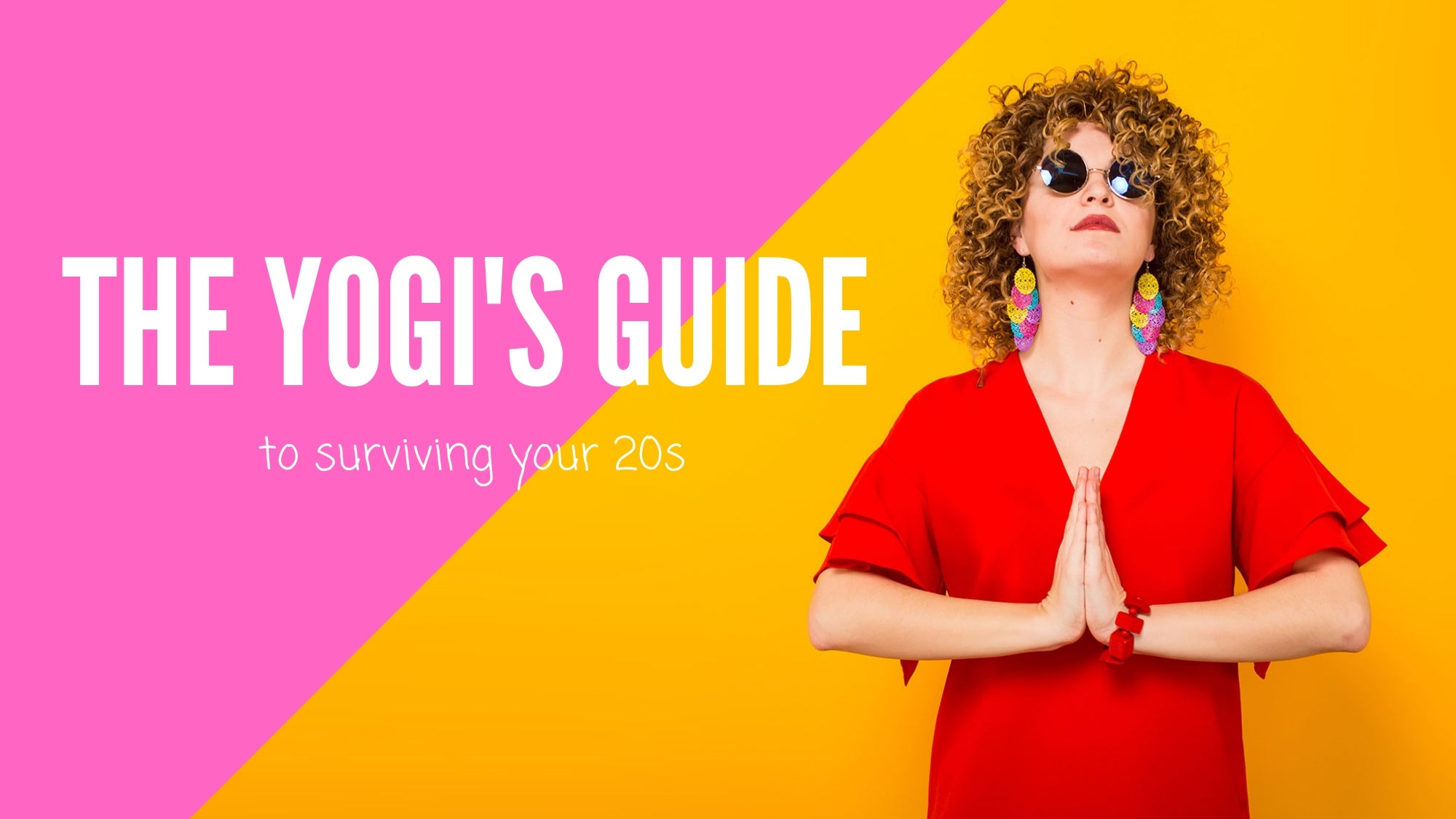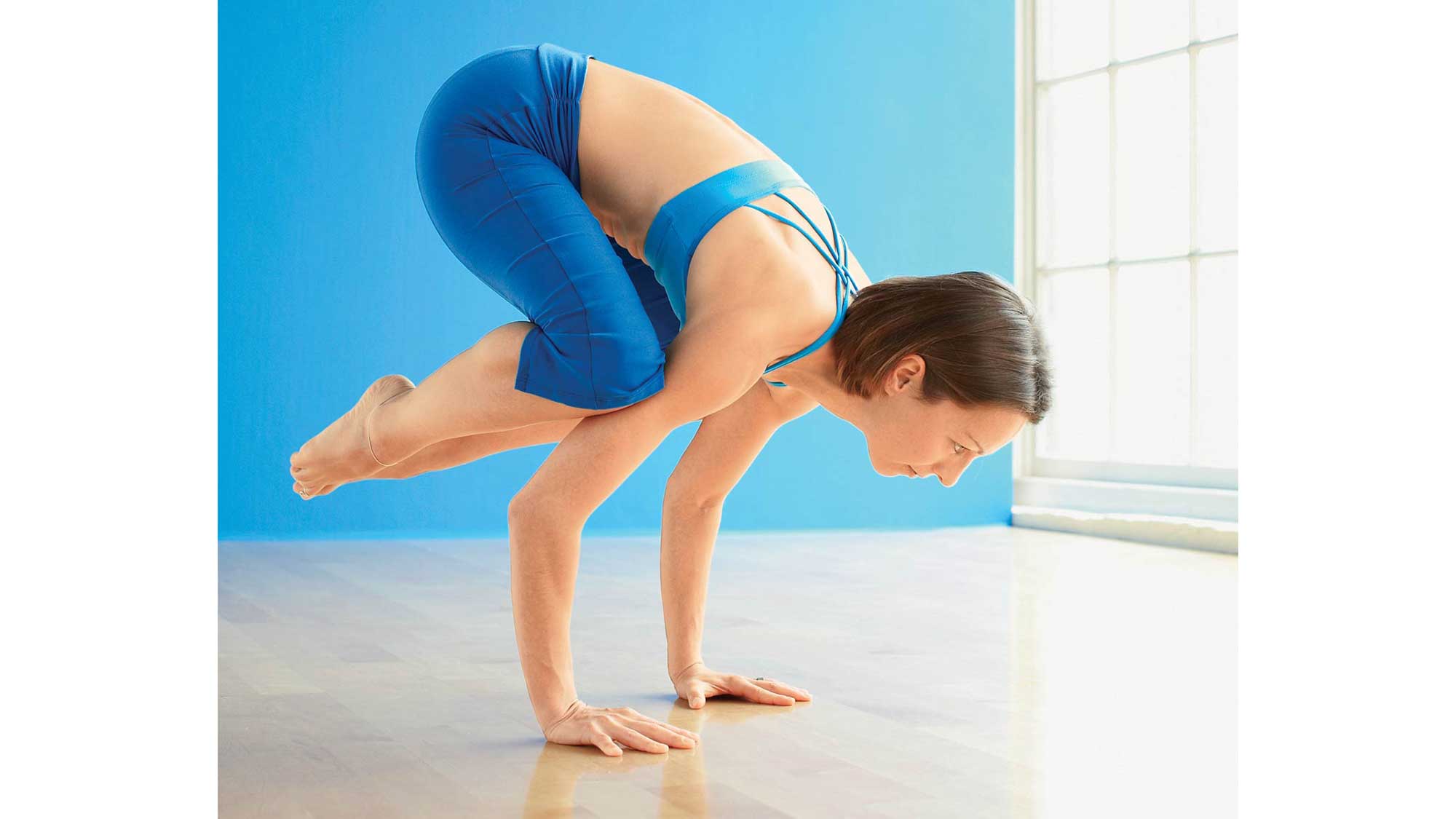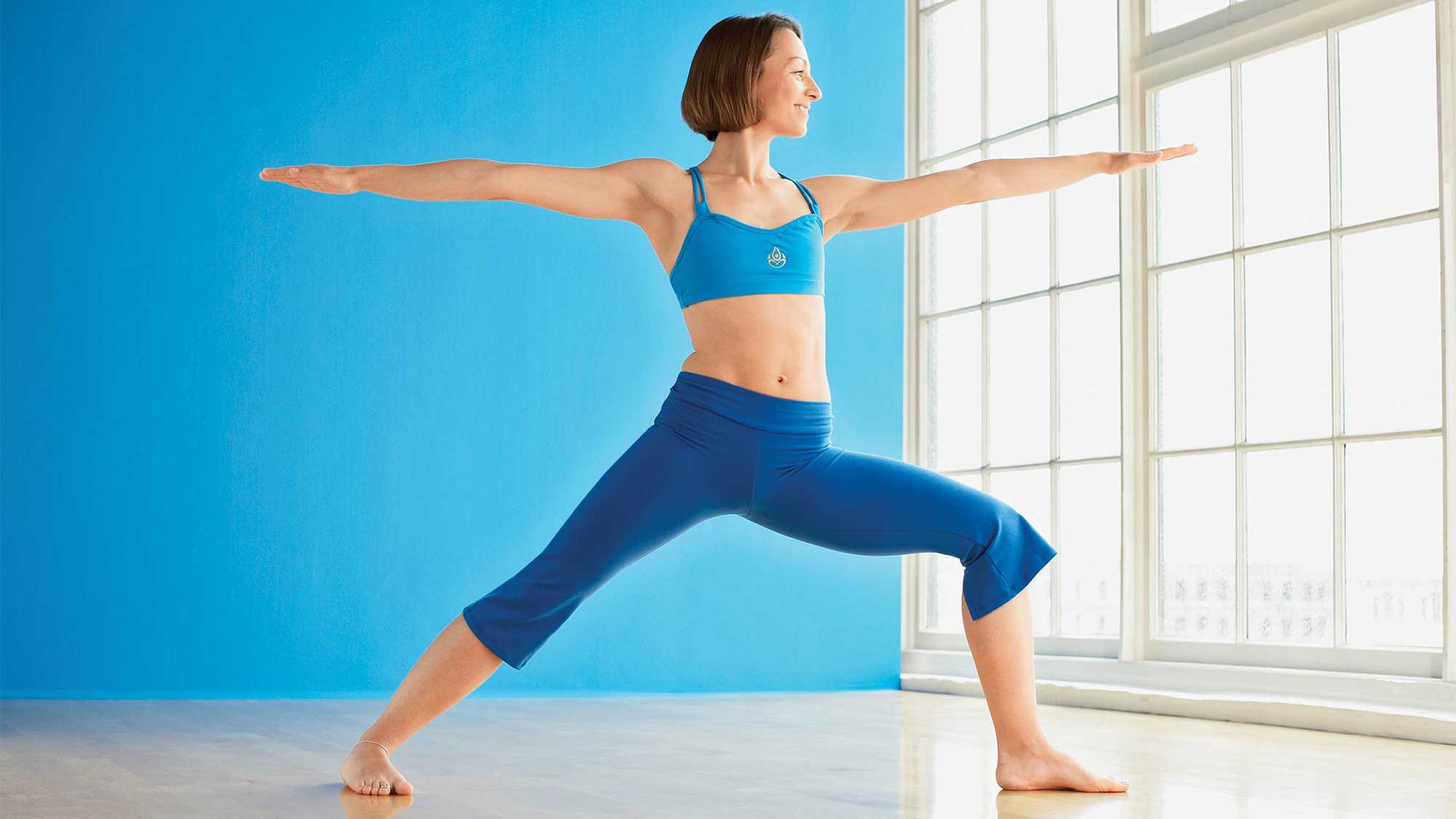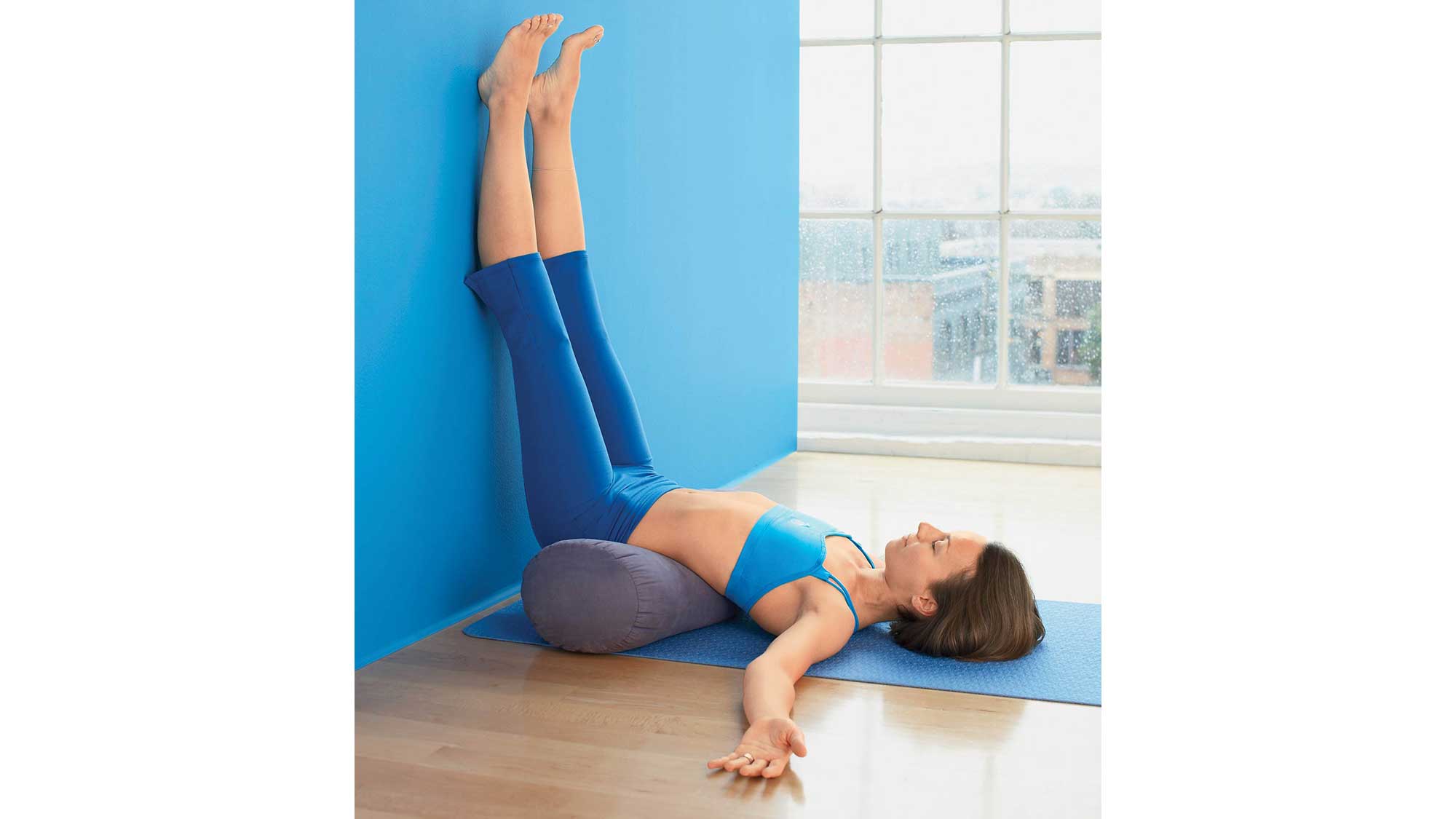How Yoga Helps You Survive Your 20s


Between your early 20s and around 35, PMS peaks and complex life issues (settling on a career, finding a life partner, creating a home) add pressures and emotional twists and turns. On a daily basis, you have to adapt to a new mix of estrogen, progesterone, and testosterone. The upside is that you’re more flexible and accommodating, says Sara Gottfried, MD, a physician who specializes in integrative women’s medicine, a yoga teacher, and the author of The Hormone Cure. The downside is increased emotional sensitivity, anxiety, and moodiness. Levels of the stress hormone cortisol peak around this time, too. Women who have children experience other dramatic changes. “Pregnancy and postpartum are the largest fluctuations of hormones in a woman’s entire life, which can bring about changes in the body, breast and fat tissues, and muscles,” Brizendine says. Then there’s the emotional result of hormonal changes that happen during this time regardless of whether you have kids: Revved-up oxytocin (the bonding love hormone) can elicit your inner nurturer, but increased testosterone can make you feel aggressive or upset.
See also 5 Poses to Inspire More Self-Love, Less Self Smack-Talk
Adapting Your Practice for Your 20s
Gottfried finds that ovulation—when estrogen and luteinizing hormone levels surge—is a time of great creativity and power. She recommends Sun Salutations, energizing backbends, and inversions during ovulation. Around menses, restorative poses can ease cramps and stabilize mood swings. Self-care throughout this time is vital, she says. San Francisco yoga teacher Jane Austin says her practice helps her manage the stress of this busy phase of life. “It’s not just about poses; it makes me a better mother,” says Austin, who finds yoga so vital to her well-being that she’ll unroll her mat at 9 p.m. if she hasn’t had a chance to practice earlier in the day. “Sure, I can put both feet behind my head, but does that really matter if I yell at my kids?” And now’s the time to take up meditation. “Studies show that 20 minutes of meditation twice a day lowers blood pressure, decreases anxiety, improves sleep and memory—things you need in your 30s because you tend to be climbing up the ladder, building a home, and often taking care of others,” says Northrup.
See also How to Step Into Your Feminine Power with the Wisdom of the Dakinis
Real Experience
Ute Kirchgaessner (shown here when she was 32) says she loved yoga when she first started practicing at age 26. But before long, she found her body was tired and her back aching. “I was doing too much,” she says, not just in her practice, but in her life. Kirchegaessner cut back a bit on her yoga and all her rushing around. “I kept practicing but went slower, with more attention to my breath, thoughts, and sensations. My back pain disappeared and I felt grounded.” When she found herself four months pregnant at the start of an Ashtanga teacher training she had signed up for months earlier, she had to opt for a gentler practice than she’d originally envisioned. It was a great preparation for the demands of motherhood: “I step back even more now, choosing a home practice to stretch and relax. But it’s yoga!”
3 Yoga Poses to Help You Survive Your 20s
Crane Pose

Benefits: Helps maintain core strength, arm strength, and balance.
Come into a squatting position with your feet a few inches apart and your knees wider than your hips. As you lean your torso between your thighs, bring your hands to the floor with your elbows bent. Snuggle your inner thighs against the side of your torso, and bring your shins into your armpits. Keeping the elbows bent, slowly begin to raise the heels off the floor but leave the toes down as you move the torso further forward. Take 3 deep breaths. On an exhalation, lift the toes off the floor one foot at a time, balancing your entire body on your hands. Stay here for 20 seconds. Next, squeeze your legs against your arms and straighten the arms. To come out, bend the elbows. Lower the torso, release the legs, and come back into a squatting position.
Warrior Pose II (Virabhadrasana II)

Benefits: Helps the body find balance between effort and ease and between the sympathetic (activating) and parasympathetic (relaxing) nervous systems.
Stand with your feet about 4 feet apart with your right foot turned slightly in and your left foot at a 90-degree angle. Bring your arms out to the sides and parallel to the floor. As you exhale, bend your left knee over your left ankle and look beyond your left fingers. If you can, bring the thigh parallel to the floor. Relax your face and jaw. As you breathe, keep the front of the body active (activating the sympathetic nervous system) while relaxing the back of the body (activating the parasympathetic nervous system), to create a balance between the two states. Stay for 5 breaths. Repeat on the other side.
Legs-Up-the-Wall Pose (Viparita Karani)

Benefits: Allows time out from work and caretaking, helps restore the body, and calms the mind.
Put a folded blanket or a bolster about 6 inches away from a wall. Sit sideways on the support, with the right side of your body against the wall. On an exhalation, slowly lower yourself down onto the bolster as you swing your legs up the wall. Adjust yourself so that your sitting bones drop down slightly between the support and the wall, the back body rests on the bolster, and the shoulders rest on the floor. Bring your arms into a position that supports the opening of the front of your chest, whether they’re extending out to the sides or reaching overhead along the floor. Keep your legs engaged, relax your face and jaw, and breathe deeply. Stay here 5 to 15 minutes. To come out, slide off the support, turn to the side, and stay here for a few breaths before sitting up.
About the Author
Nora Isaacs, a former editor at Yoga Journal, is the author of Women in Overdrive: Find Balance and Overcome Burnout at Any Age. Learn more about her writing and editing work at noraisaacs.com.